Local markets are the heartbeat of any destination’s food culture. Walking through bustling stalls filled with colorful produce, aromatic spices, and sizzling street food gives you a real taste of how locals live and eat. Following these smart tips will help you navigate markets with confidence and discover amazing flavors you’d never find in tourist restaurants.
1. Arrive Early for the Freshest Picks
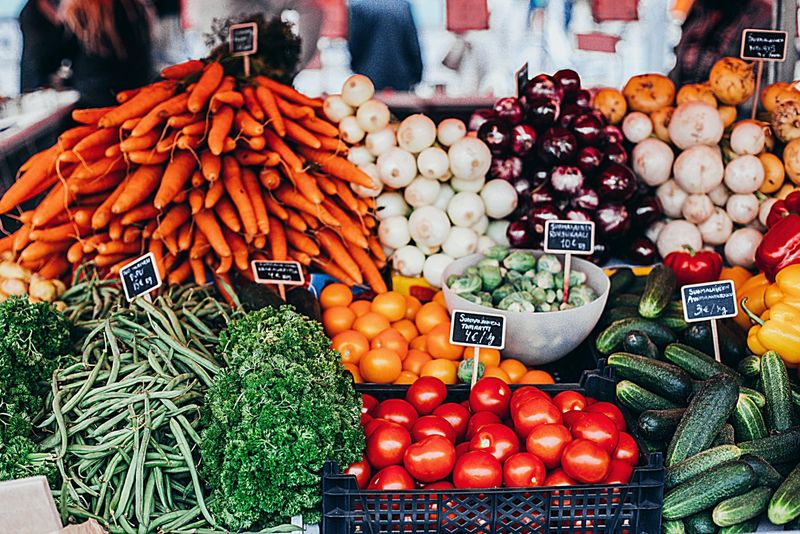
Smart locals know the best produce, seafood, and baked goods disappear fast. Getting to markets early means you’ll find the freshest ingredients before they’re picked over.
Early mornings also bring cooler temperatures and fewer crowds. Vendors have more time to chat and share cooking tips when they’re not overwhelmed with customers.
Most markets open around sunrise, so set that alarm clock for an authentic experience.
2. Bring Local Currency in Small Bills
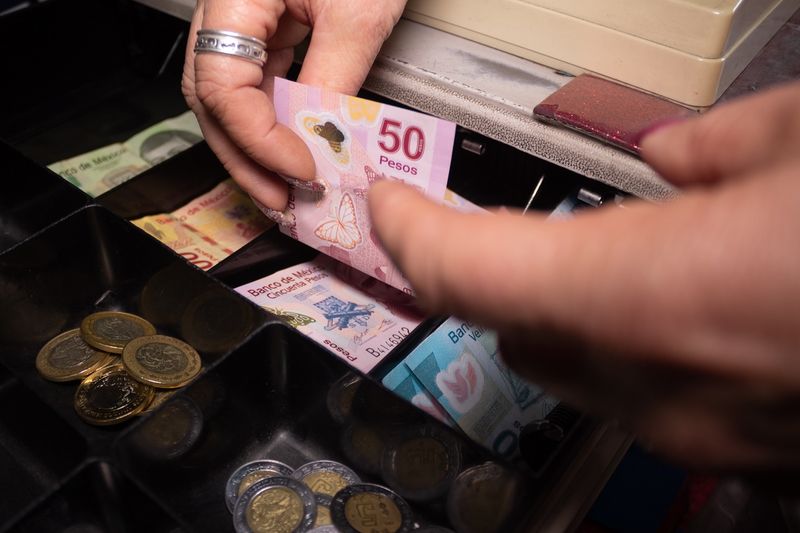
Cash still rules at most markets, especially across Asia, South America, and parts of Europe. Small bills and coins make transactions smoother and faster.
Vendors appreciate exact change because they often don’t have large amounts of cash for breaking big bills. Having the right denominations shows you understand local customs.
Exchange money before heading out, and keep small bills in an easily accessible pocket for quick purchases.
3. Learn Basic Local Phrases

Even simple words like “hello,” “thank you,” and “how much” in the local language work magic. Vendors across Morocco, Mexico, or Thailand light up when travelers make an effort.
These small gestures show respect for the culture and often lead to better prices. Many vendors will teach you pronunciation if you ask nicely.
Write key phrases on your phone or carry a small translation card for quick reference during busy market visits.
4. Observe Before Making Purchases
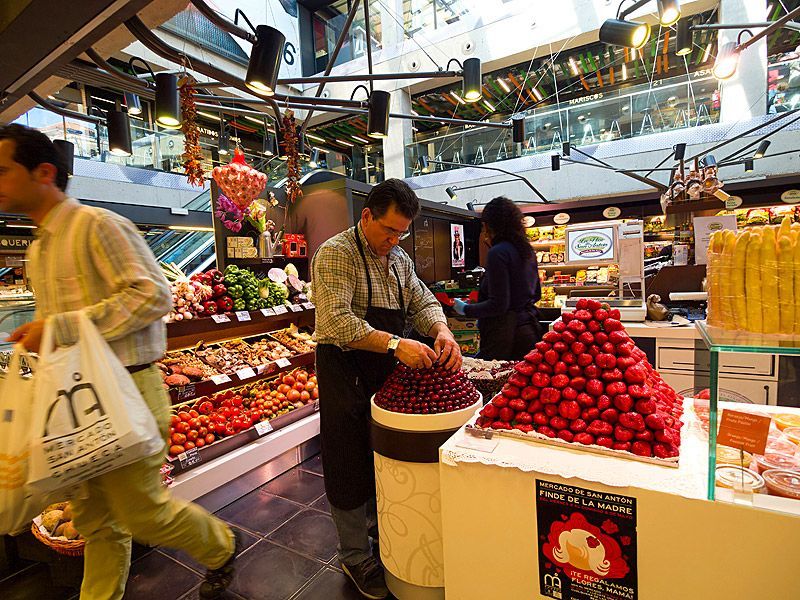
Spend several minutes walking around to see what locals actually buy. This helps you spot the freshest produce, busiest food stalls, and seasonal specialties.
Watch how locals examine fruits, negotiate prices, and choose their vendors. Their shopping patterns reveal the best quality items and fair prices.
Take mental notes about which stalls have the longest lines and most repeat customers for future reference.
5. Follow the Longest Food Lines

The busiest food stalls usually serve the most delicious dishes. When you see families or workers queuing up, that’s your signal for authentic, high-quality food.
Local people know which vendors use the freshest ingredients and best cooking techniques. They won’t waste time or money on subpar meals.
Don’t worry about language barriers in line – pointing at what others ordered usually works perfectly for ordering your meal.
6. Accept Sample Offerings Graciously
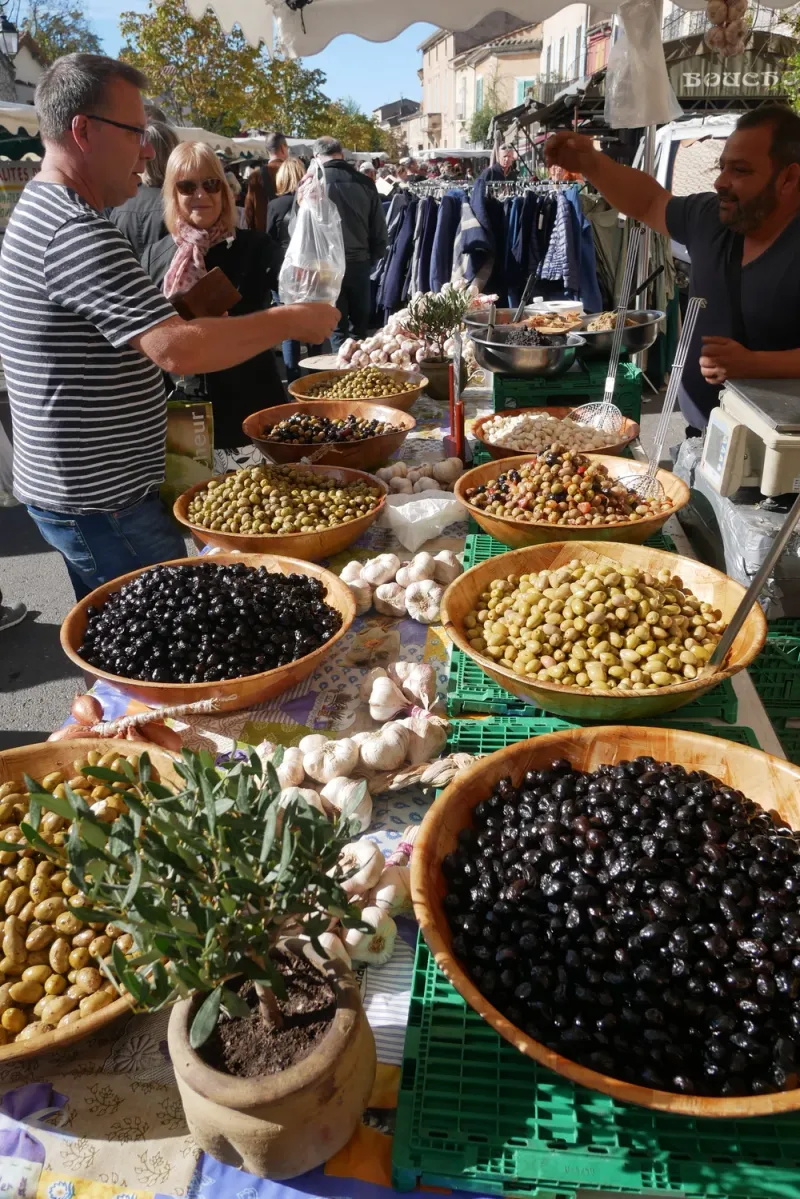
Vendors often offer small tastings of cheese, fruit, olives, or cured meats. Sampling helps you decide what to buy and opens up wonderful conversations.
These tastings are part of market culture and show the vendor’s confidence in their products. Always thank them, even if you don’t purchase anything immediately.
Sampling also helps you discover flavors you’ve never tried before and learn about local food preferences and traditions.
7. Pack a Reusable Shopping Bag
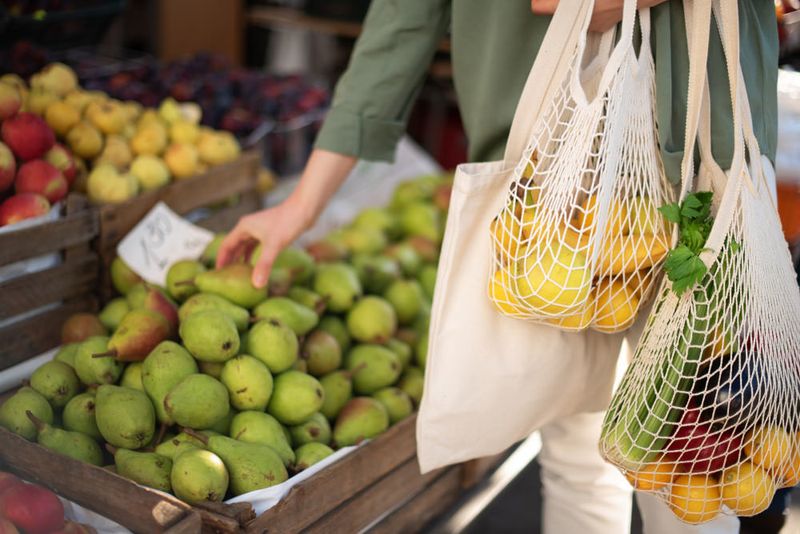
Locals always bring their own tote bags or baskets, and many markets are eliminating plastic bags. A lightweight reusable bag makes you look less like a tourist.
Having your own bag also means you can carry more goodies without struggling with flimsy plastic that might tear.
Choose a sturdy, compact bag that folds small but expands to hold plenty of fresh produce, spices, and other market treasures.
8. Ask About Seasonal Specialties

Every region has foods tied to specific harvests or festivals: truffles in Italy, mangoes in India, chestnuts in France. Asking vendors what’s in season reveals hidden gems.
Seasonal items are usually the freshest, most flavorful, and reasonably priced. Vendors love sharing knowledge about their best current offerings.
These conversations often lead to cooking tips, recipe suggestions, and stories about local food traditions you’ll remember forever.
9. Respect Local Market Etiquette
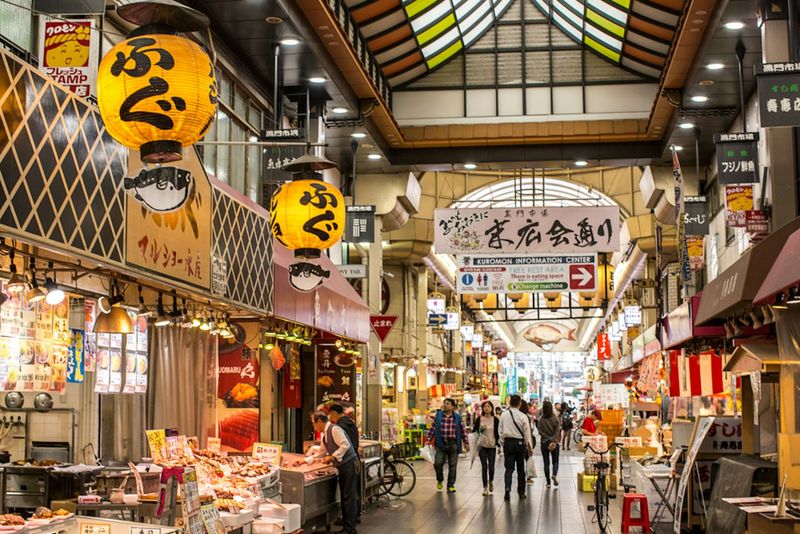
Market customs vary dramatically worldwide. Some markets are lively and loud, while others maintain quieter, more formal atmospheres that require different behavior.
In Japan, eating while walking is often frowned upon. In Morocco, bargaining is expected and part of the fun.
Watching how locals behave gives you important clues about appropriate conduct, helping you blend in and show cultural respect.



